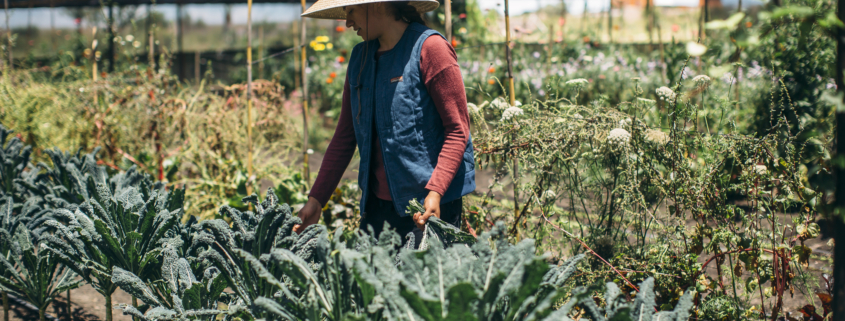Regenerative Agriculture: To Meat or Not to Meat?
Regenerative agriculture (RA) is a farming approach that prioritizes soil health. To understand it better, let’s start by picturing a typical farm: often, it consists of hundreds of acres dedicated to a single crop like corn or cotton. This may seem conventional or even correct, but it isn’t.
A regenerative farm is the polar opposite of a conventional one. Instead of a monoculture, envision multiple crops strategically planted to support each other’s growth and vitality. For example, on a cotton farm, you might find rows of peas serving as “cover crops” to provide shade, maintain soil temperature, enhance water retention, and promote microbiome development. These farms also incorporate “pollinator strips” to attract bees and butterflies, along with “trap crops” to divert pests, avoiding the need for chemical pesticides.
The conventional use of heavy machinery, fertilizers, and pesticides to maximize food production has contributed to soil degradation and loss. According to Regeneration International, if this trend continues, there may not be enough fertile soil to feed the world within the next 50 years.

